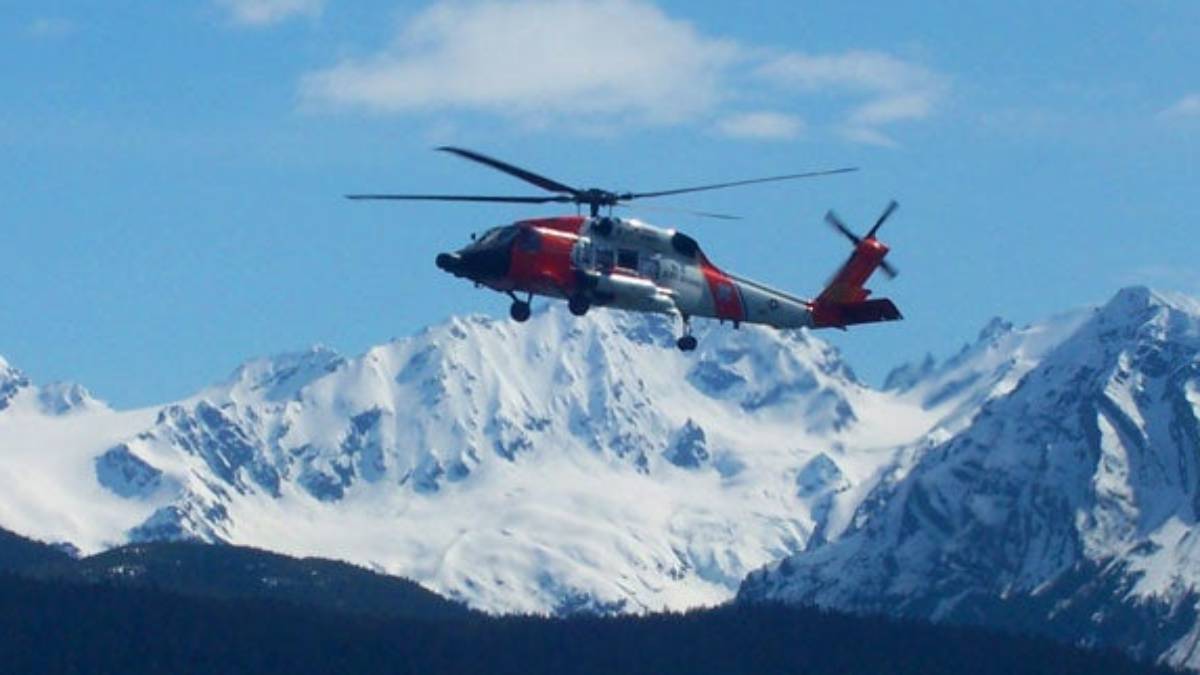Embarking on an Alaskan adventure is exhilarating, but it demands thorough preparation. Whether you’re hiking through Denali’s rugged terrains or kayaking along the Kenai Peninsula, understanding Alaska survival techniques is crucial. This guide provides expert insights to ensure your safety and success in the Last Frontier.
Understanding Alaska’s Unique Challenges
Alaska’s wilderness is both breathtaking and formidable. The state’s vast landscapes encompass dense forests, towering mountains, and expansive tundras. With unpredictable weather patterns, ranging from sudden snowstorms to intense rainfall, adventurers must be prepared for rapid environmental changes.
Essential Gear for Alaskan Wilderness Survival
Packing the right equipment can be the difference between life and death in Alaska’s unforgiving environment. Key items include:
-
High-Calorie Food: Due to the cold and strenuous activities, your body requires more energy. Pack nutrient-dense foods like nuts, jerky, and energy bars.
-
Water Filtration System: Access to clean water is vital. Carry a reliable filter or purification tablets.Alaska Wilderness League
-
Fire Starting Tools: Matches, lighters, and fire starters are essential for warmth and cooking.NPS.gov+3Condé Nast Traveler+3Royal Alaskan Movers+3
-
Shelter: A durable tent or tarp can protect you from the elements.Alaska Wilderness League+4Alaska Magazine+4Royal Alaskan Movers+4
-
Navigation Aids: Maps, compass, and GPS devices are crucial to avoid getting lost.Alaska Magazine
-
First Aid Kit: Include bandages, antiseptics, and any personal medications.
-
Bear Spray: Given the prevalence of bears, especially grizzlies, carrying bear spray is recommended. Royal Alaskan Movers
Building a Shelter in the Wild
In the event of an emergency, constructing a shelter can be lifesaving. Utilize natural resources like spruce boughs and branches to create a windbreak. Ensure your shelter is insulated from the ground to retain body heat.
Navigating Alaska’s Terrain
Alaska’s vastness can be disorienting. Always:
-
Plan Your Route: Study maps and understand the terrain before embarking.Royal Alaskan Movers+3Alaska Magazine+3Condé Nast Traveler+3
-
Stay on Marked Trails: This reduces the risk of getting lost.
-
Use Landmarks: Identify and use natural landmarks for orientation.
-
Carry a GPS Device: Modern technology can assist in navigation, but always have a backup.
Foraging for Food
While Alaska offers abundant natural resources, it’s essential to know what to forage:
-
Edible Berries: Blueberries, raspberries, and salmonberries are common and safe to eat. Alaska Wilderness League+1Alaska Magazine+1
-
Avoid: Baneberries and snowberries, as they are toxic.Alaska Wilderness League
Always consult a local expert or guide before consuming any wild plants.
Safety Tips for Wildlife Encounters
Alaska is home to diverse wildlife, including bears and moose. To ensure safety:
-
Make Noise: Announce your presence to avoid surprising animals.
-
Keep Distance: Never approach wild animals.
-
Store Food Securely: Use bear-proof containers to prevent attracting animals.Alaska Magazine+1Alaska Wilderness League+1
-
Carry Bear Spray: Know how to use it effectively in case of an encounter.Alaska Magazine+1Royal Alaskan Movers+1
Understanding Alaska’s Weather Patterns
Alaska’s weather can change rapidly. Be prepared for:
-
Sudden Storms: Carry waterproof gear and shelter.Royal Alaskan Movers
-
Temperature Fluctuations: Dress in layers to adapt to changing conditions.Royal Alaskan Movers
-
Extended Daylight: In summer, daylight lasts for extended hours, affecting sleep patterns.
Always check weather forecasts before and during your trip.
Emergency Preparedness
In case of emergencies:
-
Have a Communication Plan: Inform someone of your itinerary and expected return.
-
Carry a Satellite Phone: Useful in areas without cell service.YouTube+1Alaska Magazine+1
-
Know Basic First Aid: Being trained can be invaluable in remote areas.
Conclusion
Surviving in Alaska’s wilderness requires preparation, knowledge, and respect for the environment. By equipping yourself with the right gear, understanding the terrain, and being aware of potential hazards, you can ensure a safe and rewarding adventure in the Last Frontier.
Frequently Asked Questions
1. What is the best time to visit Alaska for outdoor activities?
The summer months, from June to August, offer milder weather and extended daylight, making it ideal for hiking and camping.
2. How can I protect myself from mosquitoes in Alaska?
Use insect repellent containing DEET, wear long sleeves and pants, and consider using mosquito nets.
3. Are there any poisonous plants in Alaska?
Yes, plants like baneberries and snowberries are toxic. Always consult a guide before foraging.Alaska Wilderness League
4. How do I handle a bear encounter?
Stay calm, avoid eye contact, and slowly back away. Use bear spray if the bear approaches.Royal Alaskan Movers+1NPS.gov+1
5. What should I do if I get lost?
Stay put, make yourself visible, and use a whistle or mirror to signal for help.
6. Can I rely on my phone’s GPS in Alaska?
While useful, always have a physical map as a backup, as cell service may be unavailable in remote areas.
